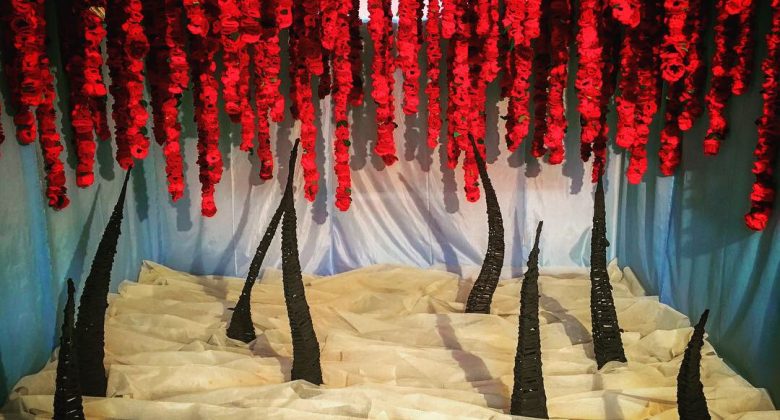Visualising the design
By Lesley Anne Harris
When we began discussing the First World War commemorative poppy exhibit, our first thoughts were actually about the practicalities – how to make the display as accessible as possible and how to keep the handmade poppies safe from the elements. For those reasons we ruled out both an outside display and having the exhibit upstairs in the museum galleries where it would only be accessible via stairs.
The Guard Room became the best option. It was on the ground floor, separate from the main museum building, and an indoor space, albeit not one in the best condition. It was the layout of The Guard Room that inspired my idea for the exhibit.
The building itself is divided up into three small rooms with a door at either end, so the natural thing to do was to have an entrance door at one end and an exit at the other, with people moving through the different spaces. This made me think that the exhibit should tell a story as people moved through it.
The main idea behind “Passing Bells” is about connecting the symbol of the poppy to the real human beings they were made to commemorate. The first space visitors enter is the Trench Room, which is a small, enclosed space. The walls here are covered in photos from the museum archives, the list of DCLI soldiers who died in the Great War and the poppies that had been dedicated to named individuals.
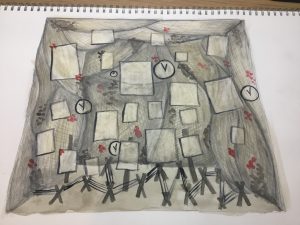
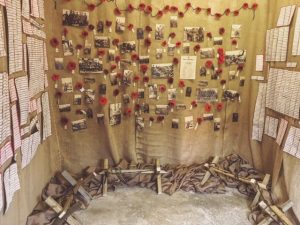
The second room is The Battlefield and it contains the 9,687 poppies that we asked for in our appeal. The room is intended to resemble a deserted World War One battlefield, complete with the blackened skeletons of trees.
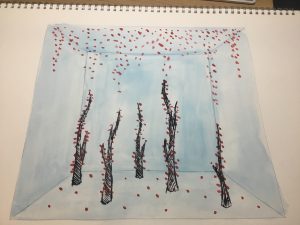
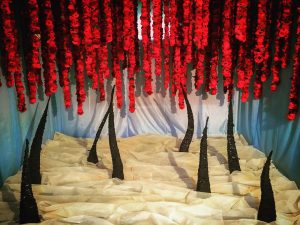
The final room contains a book of remembrance where people can leave their thoughts and messages or just take a moment to reflect.
When I designed Passing Bells I hoped to create something that went beyond simply being visually impressive; I wanted to make something that would be thought-provoking and really relate to the community and the military history of The Keep building itself.
This exhibition was displayed at the Museum as part of the WWI Anniversary celebrations in November 2018.

